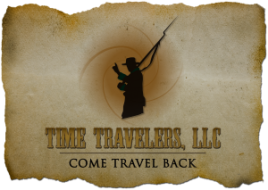THE MARYLAND CAMPAIGN OF 1862
THE MARYLAND CAMPAIGN OF 1862: THROUGH ARKANSAS EYES
Can you imagine thescene the Union Forces witnessed when they finally overran the Sunken Road? It was said you could walk from the beginning of the lane to the end without touching the ground. You would be walking on the bodies of the Confederate dead and wounded.
Can you imagine the scene from the Confederate position looking out at the carnage they had created on the Union Forces that had initially tried to overrun the Sunken Road? It was said in front of the Sunken Road it looked like a blue carpet, which were actually the wounded and dead Union soldiers.
Three Brigades of Confederates had tried to hold off two Union Divisions and had succeeded for a time. Finally, Lee sent his last division to reinforce the Confederate Line in the Sunken Road, but the division commander, Major General Richard Anderson, had been wounded and the General that took over never coordinated the attack. Two Brigades of the Confederate division sent to reinforce the line did provide some help, but ultimately were forced to retreat.
In the fight for the Sunken Road there must have been a total of 3000 soldiers that were killed, wounded or captured from both the Union and the Confederate armies in this one small area of about ¼ of a mile. The spirits of the dead must have been crowded into such a small area that they bumped into each other.
Military units such as the Marine Corps have what are known as Staff Rides, where they will tour a battlefield and are given information on what occurred in parts of specific battles. I have heard that one of the most asked questions at Antietam is, “how did they get their men to advance as they did, shoulder to shoulder into certain death.”
What fascinates me about the Civil War Soldier is how they prepared mentally and spiritually to die before each battle. How did they live with the idea that this is probably their last day of life? To me the most touching action that many of them performed was to write their name on a small piece of paper and pin it to the back of their collar so their loved ones might be told where they died.

No comments
You can be the first one to leave a comment.